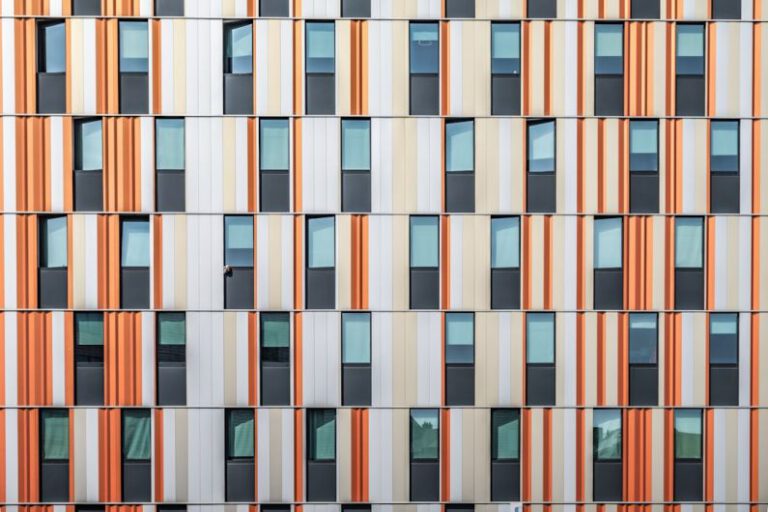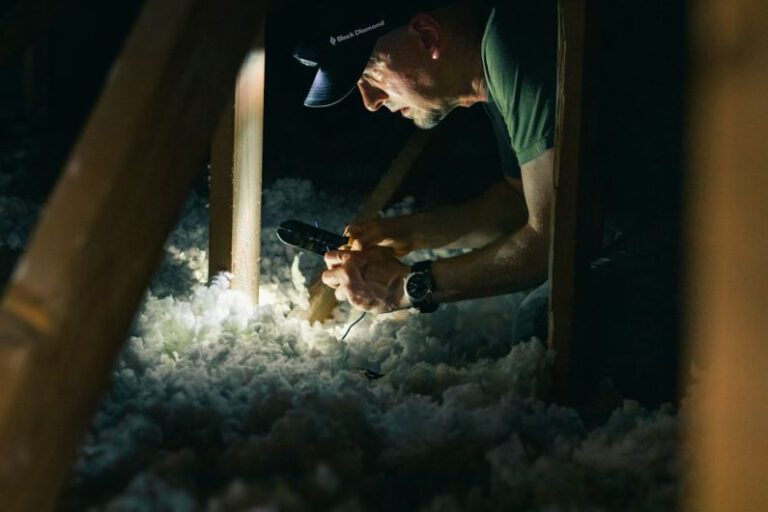What’s the Future of Concrete in Construction?
Concrete has been a fundamental material in the construction industry for centuries, providing strength, durability, and versatility in a wide range of applications. From skyscrapers to bridges, roads to dams, concrete has played a crucial role in shaping the modern built environment. However, as the construction industry evolves and sustainability becomes an increasingly important consideration, the future of concrete is being reimagined. Innovations in materials and construction techniques are paving the way for a more sustainable, efficient, and resilient future for concrete in construction.
### Sustainable Concrete Solutions
One of the key challenges facing the construction industry is reducing its environmental impact. Traditional concrete production is a major source of carbon dioxide emissions, contributing to climate change. In response to this challenge, researchers and industry professionals are developing sustainable concrete solutions that aim to reduce the carbon footprint of concrete construction.
### Green Concrete Technologies
Green concrete technologies focus on incorporating recycled materials, such as fly ash, slag, and recycled aggregates, into the concrete mix. By using these alternative materials, the environmental impact of concrete production can be significantly reduced. Additionally, advancements in concrete mix design and production techniques are allowing for the development of high-performance concrete with lower carbon emissions.
### Self-Healing Concrete
Another exciting development in the world of concrete construction is the emergence of self-healing concrete. Traditional concrete is prone to cracking over time due to factors such as shrinkage and external stresses. Self-healing concrete contains embedded capsules filled with healing agents that can repair cracks autonomously, extending the lifespan of concrete structures and reducing maintenance costs.
### 3D Printing in Concrete Construction
3D printing technology is revolutionizing the construction industry, offering new possibilities for complex and customized concrete structures. By using robotic arms or large-scale 3D printers, architects and engineers can create intricate concrete forms that would be difficult or impossible to achieve using traditional construction methods. 3D printing also allows for reduced material waste and faster construction times, making it a promising technology for the future of concrete construction.
### Carbon Capture in Concrete
Carbon capture and utilization technologies are being explored as a means to reduce the carbon footprint of concrete production. By capturing carbon dioxide emissions from industrial processes and incorporating them into concrete mixtures, researchers are developing carbon-negative concrete that can help mitigate the environmental impact of construction projects. These innovative solutions have the potential to transform the way concrete is produced and used in the future.
### The Role of Digital Technology
Digital technology is playing an increasingly important role in the design and construction of concrete structures. Building Information Modeling (BIM) software allows architects and engineers to create detailed 3D models of concrete buildings, enabling better collaboration, visualization, and coordination throughout the construction process. Additionally, digital tools such as sensors and drones are being used to monitor the performance and condition of concrete structures in real time, improving maintenance practices and ensuring the longevity of concrete buildings.
### A Sustainable Future for Concrete
As the construction industry continues to prioritize sustainability and resilience, the future of concrete in construction looks promising. With ongoing research and innovation in materials, technologies, and construction practices, concrete is evolving to meet the challenges of the 21st century. By embracing sustainable solutions, green technologies, and digital advancements, concrete will remain a cornerstone of modern construction while reducing its environmental impact and contributing to a more sustainable built environment.






